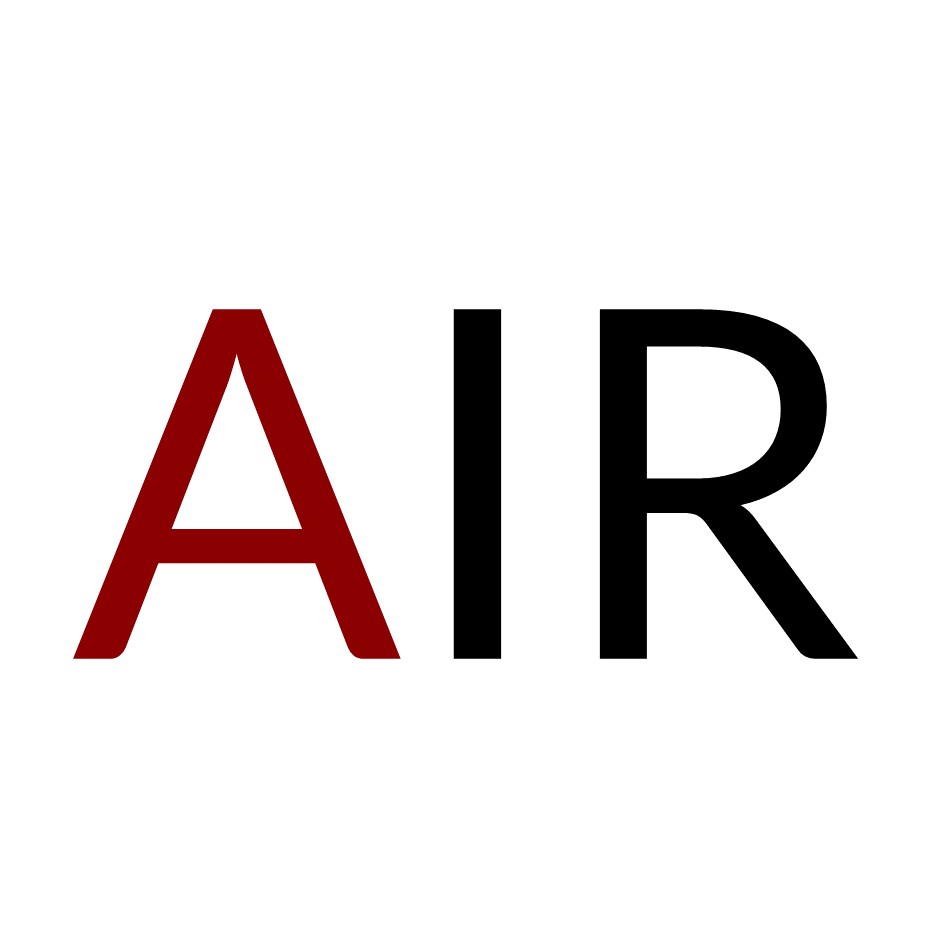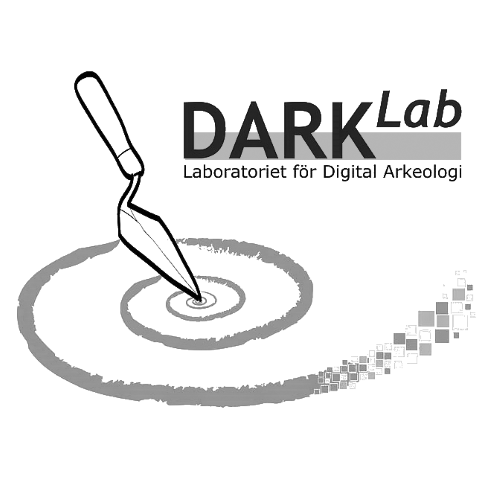Identifier
Title
Description
As of the end of excavation 2019, in the middle part of Trench A, the third fill of posthole 1031 (context 1034)was exposed but not excavated. The 2019 campaign could establish that posthole 1031 had a minimum breath of 1,30 metres and that the sides of the cut were lined with larger stones. Several of these stones were interpretated as support stones recorded in situ or at least minimally disturbed. The depth of the posthole could not be established, but it's strongly suggested that the posthole was backfilled by at least three fills. The upper fills (1006 and 1030) differed considerably in character, whilst the third fill (1034) appeared to be more similar in terms of composition to the second fill (1030). The stratigraphic position of posthole 1031 could not be fully established during the 2019 campaign. The starting hypothesis that the posthole was contemporary to the floor surfaces 1005, 1019, and 1022 but cut into underlying layer 1013 could not fully be proven or disproven since the full cut of the posthole was not excavated. It is, however, likely that the original post was contemporary to the floor surfaces. These surfaces could be recorded as abuttning the second backfill (1030) rather than being sharply truncated by the same. The upper backfill (1006) could very well have been a later addition to the postholes backfill, added after the lower backfills had been compacted, leaving a sunken depression at the top. The stratigraphic relationship between the posthole cut (1031) and layer 1013 remains to be established in future excavation.
Layer 1013 was, as of the end of excavation 2019, interpreted as covering the entire middle section of Trench A surrounding the posthole. The depth of the layer was not established. Several aspects and hypotheses needs to be taken into account for future excavation of the layer. Firstly, the stratigraphic relationship to the posthole needs to be clarified. Secondly, the function, formation process and depth of the context needs to be established. In this regard, several hypotheses can be forwarded. The layer can represent a burning event before the floor surfaces were constructed. Context 1013 can also represent burning and/or debris events inbetween floor sequences. From the excavations of 2019 it is clear that context 1013 contains a large part of the find material consisting of fragmented bronze cauldrons and additional materials in Cu-alloy. It is not unlikely that many of the Cu-alloy objects retrieved in earlier campaigns on the Vång hill (bronze masks, cauldron rings and loop holders, etc.) have their stratigraphic origins in context 1013. This provides excellent oppurtunity in future excavation for interpretations as to the type of activity represented by the context, but it also present considerable challanges in terms of excavation pace and conservation cost.
Set 3DHop scene
Contexts described
Record creator
Date Created
Rights Holder
License


















| Plane | Position | Flip |
| Show planes | Show edges |
0.0
[ 0 , 0 , 0 ]





